Milwaukee M18 Fuel 2834-21HD Bruksanvisning
Les nedenfor 📖 manual på norsk for Milwaukee M18 Fuel 2834-21HD (28 sider) i kategorien sag. Denne guiden var nyttig for 13 personer og ble vurdert med 4.3 stjerner i gjennomsnitt av 7 brukere
Side 1/28

Cat. No. / No de Cat.
2834-20
M18 FUEL™ 7-1/4" CIRCULAR SAW
SCIE CIRCULAIRE DE 184 mm (7-1/4") M18 FUEL™
SIERRA CIRCULAR DE 184 mm (7-1/4") M18 FUEL™
OPERATOR'S MANUAL
MANUEL de L'UTILISATEUR
MANUAL del OPERADOR
WARNING To reduce the risk of injury, user must read and understand operator's manual.
AVERTISSEMENT An de réduire le risque de blessures, l'utilisateur doit lire et bien
comprendre le manuel.
ADVERTENCIA Para reducir el riesgo de lesiones, el usuario debe leer y entender el manual.
WARNING To reduce the risk of injury, user must read and understand operator's manual.
AVERTISSEMENT An de réduire le risque de blessures, l'utilisateur doit lire et bien
comprendre le manuel.
ADVERTENCIA Para reducir el riesgo de lesiones, el usuario debe leer y entender el manual.
Produkspesifikasjoner
| Merke: | Milwaukee |
| Kategori: | sag |
| Modell: | M18 Fuel 2834-21HD |
Trenger du hjelp?
Hvis du trenger hjelp med Milwaukee M18 Fuel 2834-21HD still et spørsmål nedenfor, og andre brukere vil svare deg
sag Milwaukee Manualer
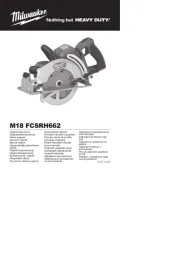
20 September 2025
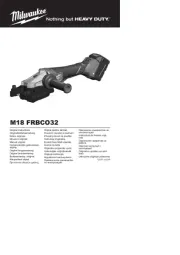
19 September 2025
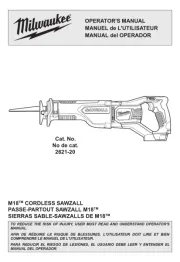
16 August 2025
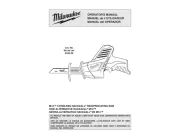
15 August 2025
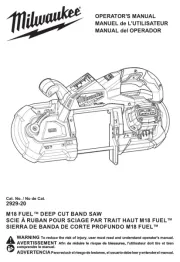
15 August 2025
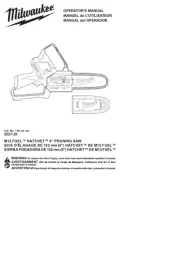
14 August 2025
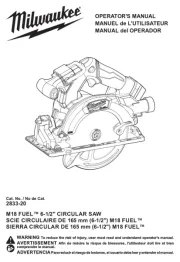
14 August 2025

14 August 2025
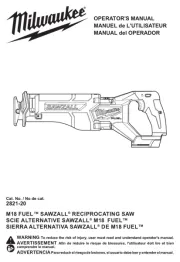
14 August 2025
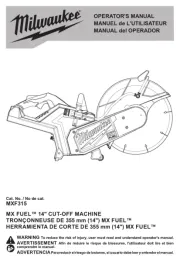
14 August 2025
sag Manualer
- Flex
- Trotec
- Laguna
- Gude
- Kress
- Festo
- Vonroc
- Ozito
- Hitachi
- Fieldmann
- Stihl
- Scheppach
- Einhell
- Remington
- Toolcraft
Nyeste sag Manualer
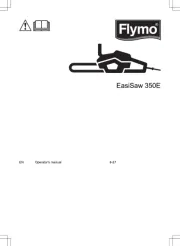
13 Oktober 2025
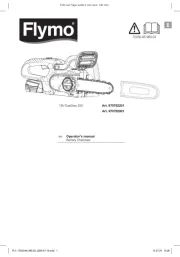
13 Oktober 2025
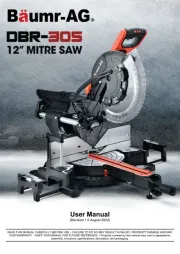
9 Oktober 2025
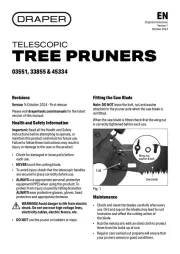
5 Oktober 2025
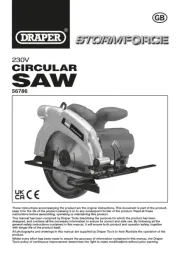
5 Oktober 2025
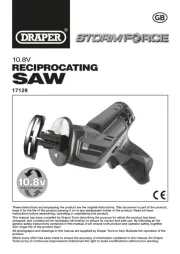
5 Oktober 2025
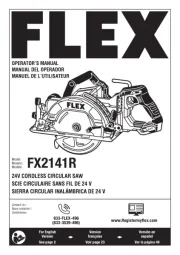
5 Oktober 2025
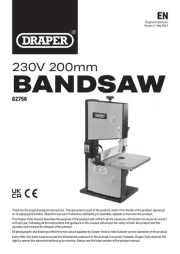
5 Oktober 2025
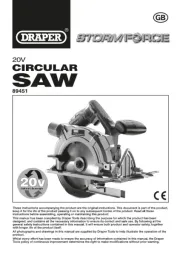
5 Oktober 2025
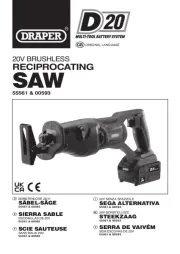
4 Oktober 2025